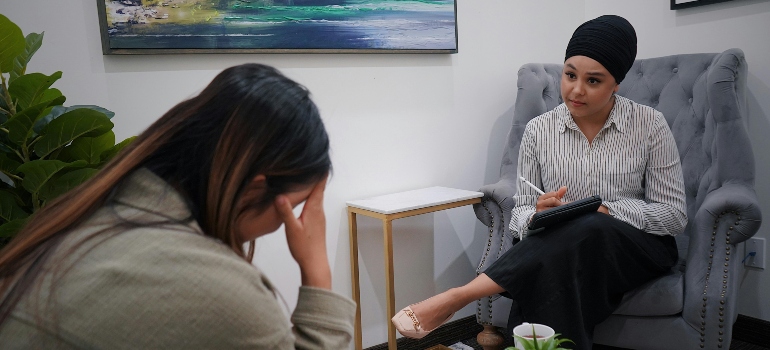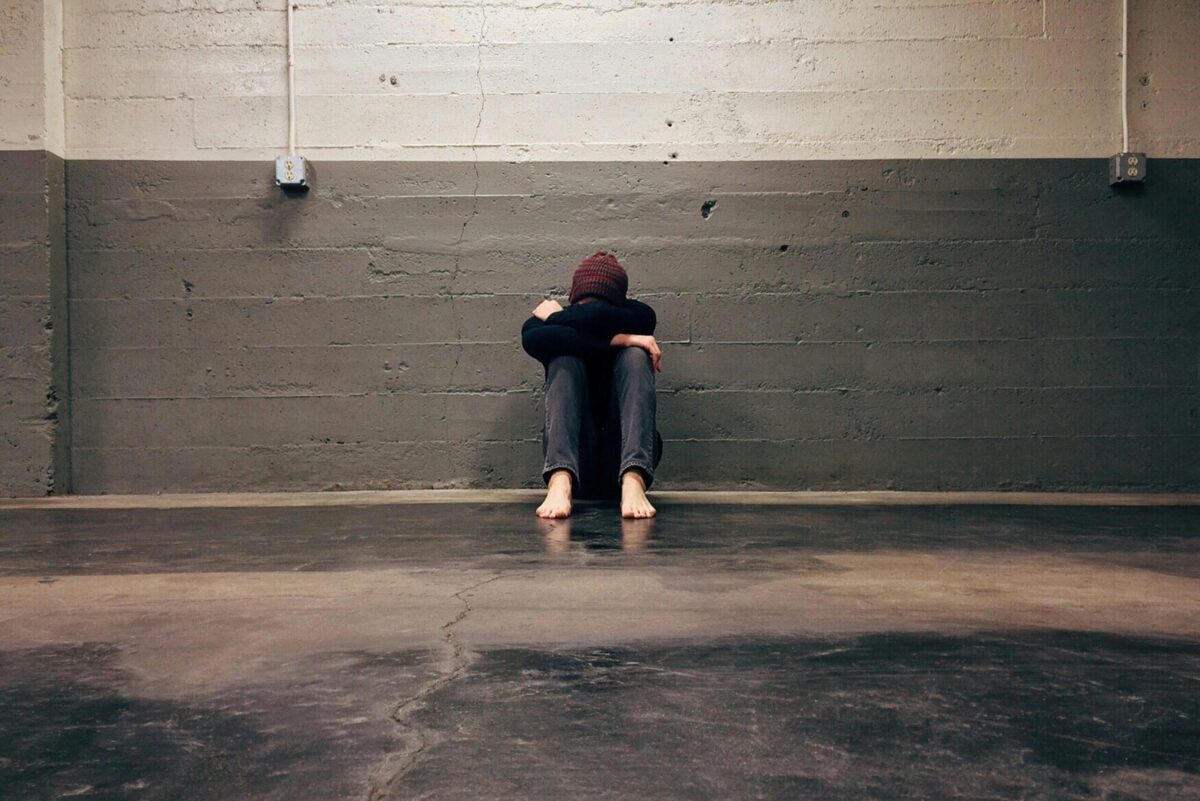When people hear “OCD,” they usually think of visible habits—like constant cleaning, arranging, or checking. But that’s only part of the story. Pure OCD, often called “Pure O,” works differently. It doesn’t rely on actions you can see. Instead, it hides in the mind, bringing unwanted, intrusive thoughts and intense internal battles that others rarely notice. These thoughts can be disturbing, confusing, and deeply upsetting, yet the compulsions happen silently through mental rituals. Because the signs aren’t obvious, Pure OCD is often misunderstood or overlooked—even by those experiencing it. That’s why our Greater Boston behavioral health facility in MA is committed to raising awareness about Pure O, how it differs from more visible OCD, and why early understanding and support can make all the difference.
Can You Have OCD Without Visible Rituals?
Yes, you can have OCD without visible rituals or repetitive actions like handwashing or checking locks. This form is known as Pure OCD, or “Pure O.” Instead of outward behaviors, the compulsions take place internally. People may spend hours reviewing memories, mentally replaying conversations, or trying to “prove” something to themselves to ease their anxiety. These mental rituals are just as real and exhausting as physical ones.

Someone living with Pure OCD might appear calm and in control, but inside, they’re experiencing intense fear, guilt, or doubt. The mental loop can feel never-ending and overwhelming. Even without visible behaviors, Pure OCD is a legitimate, diagnosable form of obsessive-compulsive disorder.
What are the most common themes in pure OCD?
Pure OCD can revolve around a wide range of intrusive thoughts, many of which fall into deeply personal or taboo categories. Some of the most common types of Pure OCD themes include:
- Harm OCD – Fearing that you might hurt someone, even if you never would.
- Sexual intrusive thoughts – Unwanted sexual thoughts that feel disturbing or inappropriate.
- Religious or scrupulosity OCD – Obsessing over moral or spiritual “rightness” and fearing blasphemy or sin.
- Moral perfectionism – Worrying constantly about being a “bad” person or doing something wrong.
- Identity OCD – Questioning your sexual orientation or gender identity in an obsessive, distressing way.
- Contamination fears – Not always about germs, but sometimes about spiritual or emotional “contamination.”
These thoughts can feel terrifying and unwanted. Many people fear that having the thought means something about who they are, but it doesn’t. The thoughts are ego-dystonic, meaning they go against a person’s true values and desires. Living with these types of themes doesn’t mean someone will act on the thoughts.
What Does Pure OCD Feel Like?
Pure OCD often feels like a constant mental tug-of-war. A random thought pops in—unwanted, disturbing, or completely out of character. Then comes the fear: What if this thought means something about me? That fear triggers guilt, followed by hours of silent analysis. You might replay a conversation over and over, wondering, Did I offend them? Did I sound aggressive? Then you mentally scan for clues, trying to feel “sure.”

This loop can play out dozens of times a day. Each time, it feels urgent and real. Yet from the outside, everything looks normal. That’s what makes Pure OCD so isolating. No one sees the struggle or understands the exhaustion. You’re stuck in your head, trying to find certainty in a place where certainty doesn’t exist. Over time, this cycle can take a toll on your mental health. When stress becomes something more serious, it might be time to explore support.
How to Recognize Pure OCD Symptoms in Yourself or Others?
Recognizing Pure OCD symptoms can be difficult, both for the person experiencing them and for those around them. The signs often don’t look like traditional OCD. Instead, they show up as excessive rumination, repeated “what if” questions, or constant self-doubt. You might notice someone asking the same question over and over in different ways. Or they may quietly withdraw from people, places, or conversations that trigger distressing thoughts.
These behaviors are often mistaken for anxiety, perfectionism, or even addiction or compulsive behavior. But they’re actually signs of an internal struggle that never shuts off. Pure OCD symptoms don’t always fit the stereotypical image of compulsions, yet they’re just as real.
Understanding the signs is especially important because many people live with this disorder for years without knowing what it is. They may think they’re just overthinking or being too sensitive. But they’re not. Their pain deserves to be taken seriously. Validation matters—and can be the first step toward support and relief.
What Treatment Works for Intrusive Thoughts and Pure OCD?
The most effective treatment for Pure OCD and intrusive thoughts is a combination of Cognitive Behavioral Therapy (CBT) and Exposure and Response Prevention (ERP). Our therapists use these approaches to help you face distressing thoughts without giving in to mental rituals. Over time, the thoughts lose their grip, and your brain learns not to treat them as threats.
Medication—especially SSRIs (Selective Serotonin Reuptake Inhibitors)—can also reduce the intensity of obsessive thinking. Some people find relief through mindfulness techniques, which teach you to observe thoughts without reacting to them.

Online therapy has made treatment more accessible than ever. It allows people to get expert help from home, at their own pace. If you’re struggling, don’t wait. The right support can change everything. Online therapy for obsessive compulsive disorder works—and it’s possible to feel better.
Pure O Explained: When OCD Has No Visible Signs
Pure OCD often goes unseen, but that doesn’t make it any less real. The inner chaos, fear, and doubt can feel overwhelming, but you’re not alone, and your thoughts do not define you. With the right guidance and support, it’s possible to break the cycle and feel more in control. East Point Behavioral Center in MA understands the hidden weight of Pure O. Our team offers compassionate, evidence-based care that helps you move forward—one step at a time. Less fear. More clarity. Real peace of mind.



